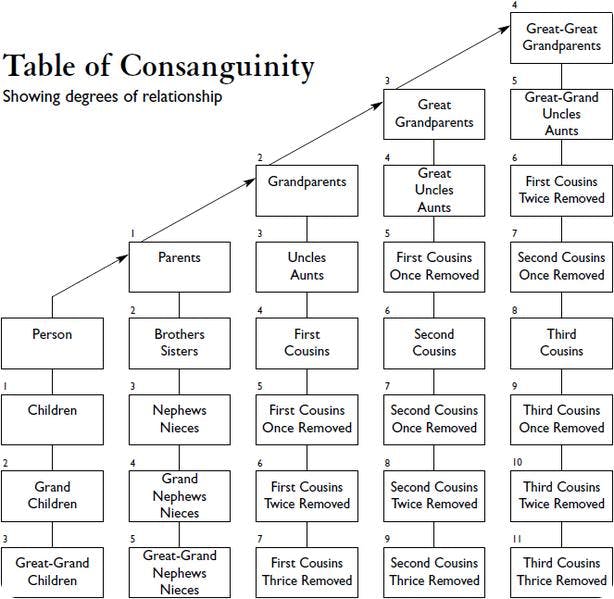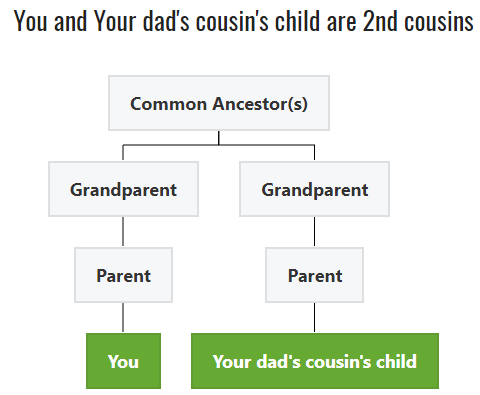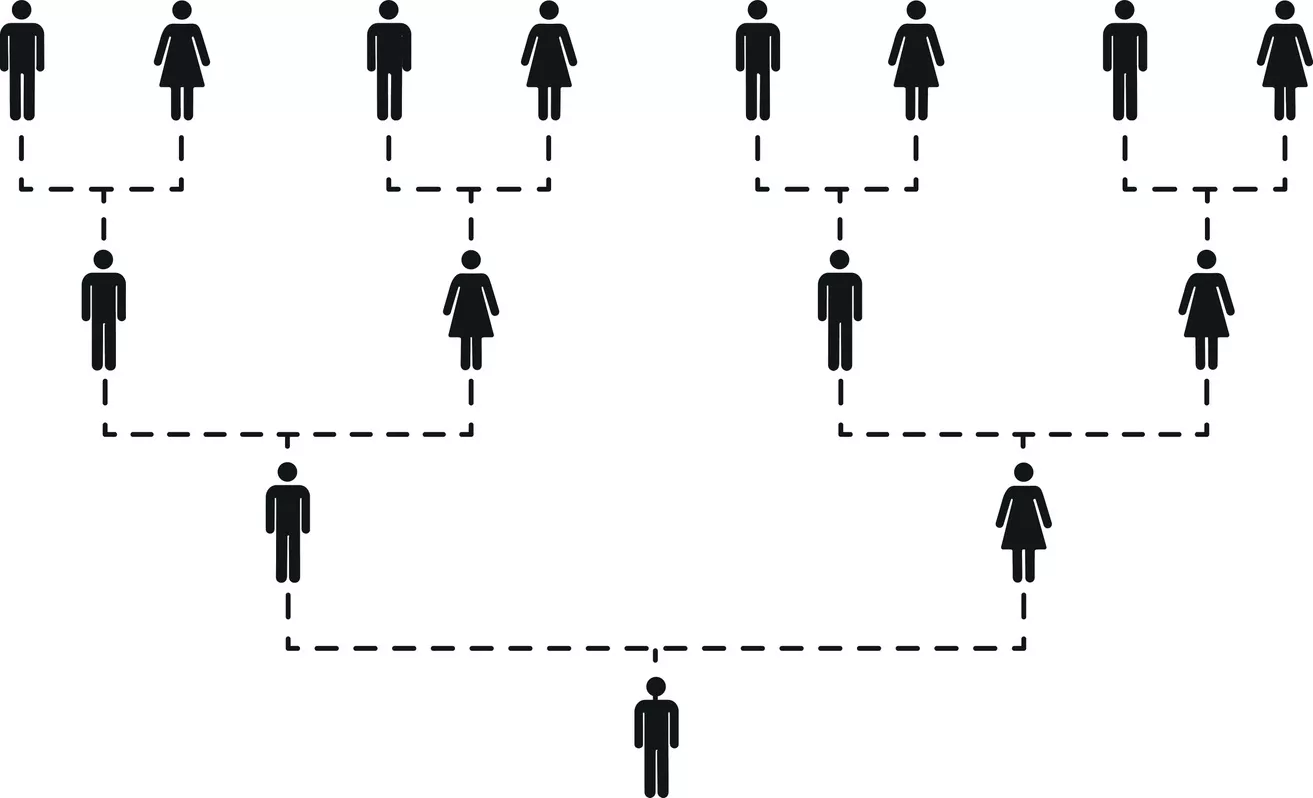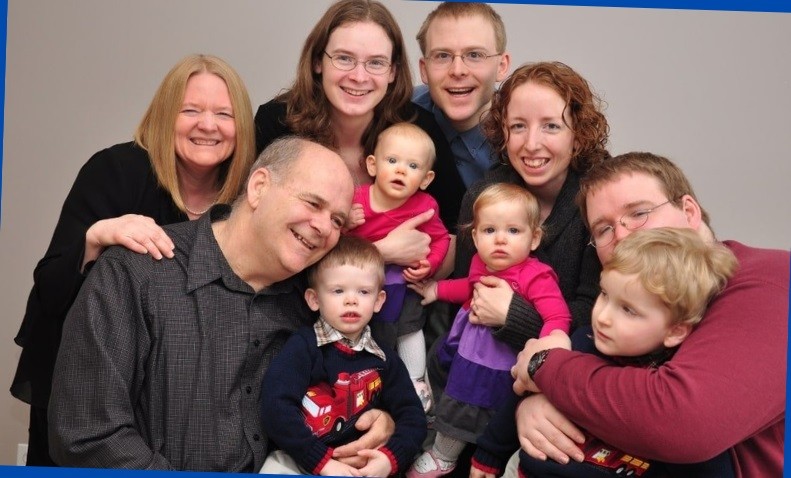Your mom’s cousin might feel like a distant relative or a close family member. It all depends on your family dynamics.
This person is technically your first cousin once removed. Now, let’s dive deeper into the web of family connections. Family trees can be puzzling, with branches stretching far and wide. You’ve probably heard of second cousins and great aunts, but where exactly does your mom’s cousin fit in?
It’s a question many of us ponder at family gatherings, often leaving us scratching our heads. The term “cousin” itself can imply an array of family ties, each with its own label and degree of separation. Understanding how these relationships work is essential to navigate the complex world of kinship and to appreciate the extent of our familial bonds. So, let’s unravel this mystery together, exploring the layers that define our family connections, and discover the role your mom’s cousin plays in your life. Whether for curiosity, genealogy, or simply to address a relative correctly at the next family reunion, grasping these relationships can make all the difference.

The Basics Of Family Ties
The Basics of Family Ties explore how we connect with relatives. Understanding these connections helps us know where we belong in our family tree.
Terms Of Kinship
Family ties are the links between members. These ties tell us who our relatives are. One important term is cousin. Your mom’s cousin is your first cousin once removed. This might sound complex, but it’s quite simple.
- First cousins share grandparents.
- Once removed means there is a generation gap.
Your mom’s cousin is from the previous generation. So, they are a generation above you.
The Family Tree Explained
A family tree shows family connections. It uses branches for each generation.
| Generation | Relation | Example |
|---|---|---|
| Your Generation | You | Child |
| Parent’s Generation | Mom/Dad | Parent |
| Grandparent’s Generation | Grandma/Grandpa | Grandparent |
| Great-Grandparent’s Generation | Great-Grandma/Grandpa | Great-Grandparent |
This table helps you see where everyone fits. Your mom’s cousin fits in your grandparent’s generation.
Identifying Second-degree Relations
Family trees can be complex. Yet, making sense of who’s who is simpler than it seems. This section shines a light on second-degree relations. It clarifies the ties that may not be as obvious at first glance.
Who Is My Mom’s Cousin To Me?
Let’s break it down. Your mom’s cousin is your cousin once removed. This person is from the previous generation. They share a set of grandparents with your mom, not with you. This makes them a part of your extended family tree.
Generational Differences
Different generations mean different relations. Your mom’s cousin’s children are your second cousins. You share great-grandparents, not grandparents. It’s a generational step that defines this relationship.
Cultural Variations In Addressing Relatives
Family ties can be quite the puzzle. Different cultures have unique ways of identifying these connections. Let’s explore how various societies address relatives, specifically, what your mom’s cousin means to you.
Kinship Nomenclature Across The World
In some places, your mom’s cousin might be an ‘aunt’ or ‘uncle’. Elsewhere, they may have a special term. This title can signify closeness or distance in the relationship.
The Significance Of Naming Conventions
Names shape how we see our family ties. They can reflect respect, intimacy, or social norms. Each name carries weight and history within a family’s culture.

The Role Of Extended Family
The Role of Extended Family plays a vital part in our lives. It includes many people. Your mom’s cousin is one of them. This person is your first cousin once removed. Extended family can teach us about our history. They offer support too. Let’s explore more.
Connecting With Distant Relatives
Meeting distant relatives can be exciting. It helps us learn where we come from. These connections can feel special. They add to our sense of family. Family gatherings are a good time to meet. Social media helps too. Keeping in touch is easier now.
Benefits Of A Broad Family Network
A big family network is useful. It gives emotional support. Advice and wisdom come from them. In tough times, they can help. Fun times are better shared. A large family means more love. It also means more people to learn from.

Conclusion
Navigating family ties can be tricky, but now you know your mom’s cousin is your first cousin once removed. This simple term connects generations and extends your family tree. Remember, these relationships are more than labels. They’re links to your past and bridges to your heritage.
Embrace the complexity, cherish the connections, and keep the family close. Your relatives are part of your unique story. Ready to explore more family connections and build stronger bonds? Keep learning and sharing the family love.
Last Updated on October 3, 2025 by Rosena Bouchard
